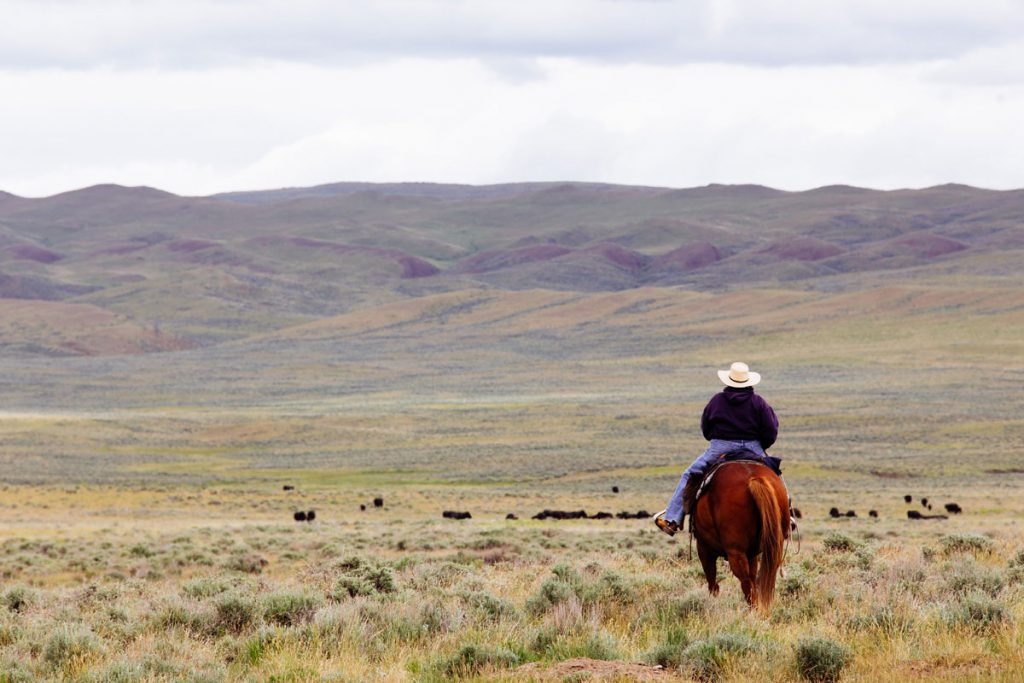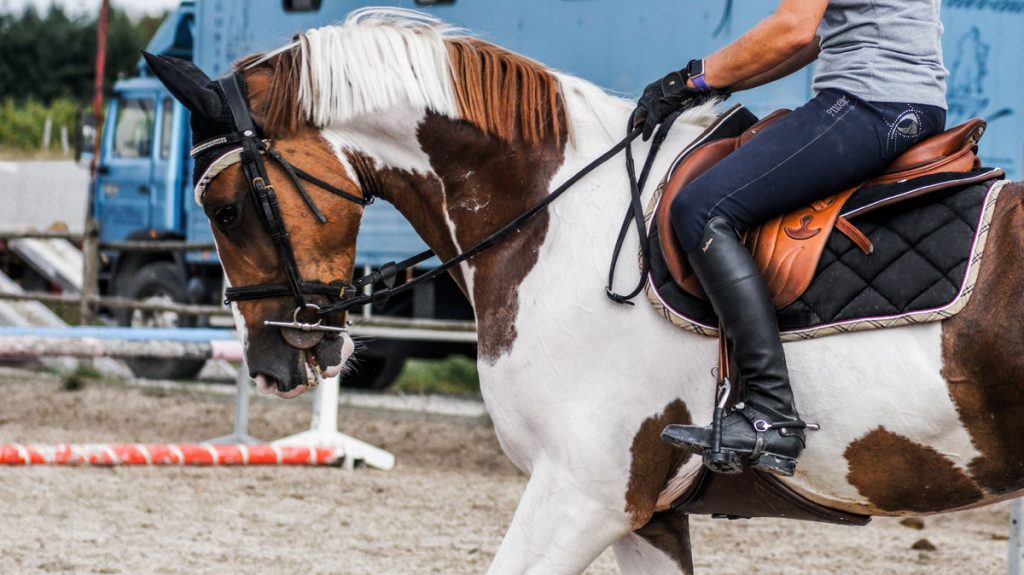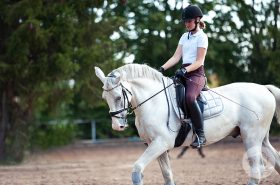Which one do you prefer? English, western, or both!
There are a ton of different riding disciplines across the United States. Most of them fall in the category of English or western riding. If you’re newer to horses, then you might be wondering which to try. It can be helpful to learn about the differences. And if still confused, why not give both a try?!
The Tack
One of the most obvious differences between the two is the equipment used. Western riding was developed on cattle ranches. These cowboys spent long hours in the saddle, riding over all types of terrain. Western has since diversified to include barrel racing, trail riding, pleasure, reining, and many other disciplines. Each type has a saddle that supports their needs. In general, you can expect a saddle with a horn, fenders, and a contoured cantle. In western riding, you may also find cinches, breast collars, headstalls, and back cinches.
English saddles are considerably different. They tend to be lighter and offer closer contact with the horse’s back. Most of their saddles are stuffed with foam, wool, or synthetic fibers. Similar to western saddles, they come in a variety of types. Many dressage saddles have longer flaps and deep seats, while jumping saddles are flatter and have more forward flaps/knee rolls. Other equipment can include bridles, girths, and martingales.

Riding Apparel
In addition to unique tack, riders also have distinct attire in western and English disciplines. Your average cowboy or cowgirl wears a simple shirt, jeans, and western boots. Some riders choose cowboy hats, whereas others wear helmets. Show attire varies depending on the discipline, but many associations allow bling and bold colors.
The English world is a little more formal. Most riders elect to wear a fitted shirt, breeches, a helmet, gloves, and paddock or tall boots. For competitions, many add a button or zip show shirt with a jacket. The colors are usually basic, such as black, navy, and gray.
Type of Horses
It’s common to see certain breeds dominating in one area. Quarter Horses tend to do amazingly well in western events. Some bloodlines are known for their speed, while others have “cow sense”. English riders are quick to buy Thoroughbreds with long legs and slender bodies. These horses easily soar over fences. The reality is many breeds are capable of doing both English and western disciplines. Exceptions exist in every breed!

Other Factors
As you try out these two types of riding, you’ll notice a few other differences. For one, some of the gaits are not the same. While the walk is similar between the two, the trot or jog is different. In western, a jog is slow and relaxed. It’s usually comfortable enough to sit on. Most English riders choose to post to the trot, which has more energy. They may also sit to it at certain times. Furthermore, the lope or canter varies depending on the discipline. Many western riders prefer a slow, comfortable lope, while English riders enjoy a canter with energy.
And yet another difference is location. Depending on where you live, you may be more likely to find English or western riding. While both types exist in almost every state, certain regions are better known for one verse the other. An example is Texas where western seems to be the predominant choice. On the other hand, the East Coast has a ton of English barns.
Ultimately, both types of riding offer unique challenges and thrills. One isn’t necessarily harder than the other. In fact, many people choose both English and western riding. There are plenty of horse owners who trail ride and show jump or compete in western pleasure and hunt seats. Take your time trying both!
Love this blog post? We think you will like The Battle of Getting Back in the Saddle by Debbie Disbrow.



